10 Birds With the Most Beautiful and Stunning Beaks

Bird beaks make them one of the most attractive creatures on the planet. Here are some of the birds with the most beautiful and spectacular beaks.
A bird’s beak might be one of its most distinguishing characteristics. Beaks are employed for more than only feeding and drinking; they can also help with fighting, cleaning plumage, and nest construction.
As we know, nature is full of creatures with absolutely unique physiques, and this is particularly the case with these birds, easily recognizable thanks to their simply incredible beak.
Some birds have long, curved beaks that assist them in discovering food and make them more attractive than other birds.
Birds with the Most Beautiful Beaks
Many birds have beaks that are mostly white. Some, on the other hand, are exceedingly bright and flamboyant. This varies on the species, as these birds’ genetic makeup adapts throughout time to assist them to thrive in the wild. This article will look at birds with brightly colored beaks.
1. The Swordtail Hummingbird
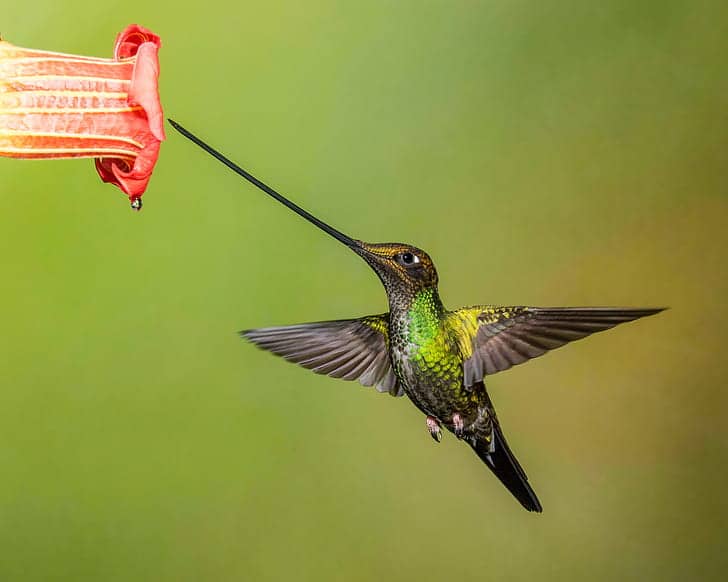
The swordtail hummingbird is native to South America and looks like a hummingbird in every way with one exception: it has an exceptionally long beak. The latter is so long and so sharp that it is even said to resemble a sword, hence its name.
The beak is even longer than the body of the bird itself since it measures on average 8 cm. But how can such a long beak be useful? It allows the swordtail hummingbird to reach the nectar of the long flowers.
2. The Rhinoceros Hornbill
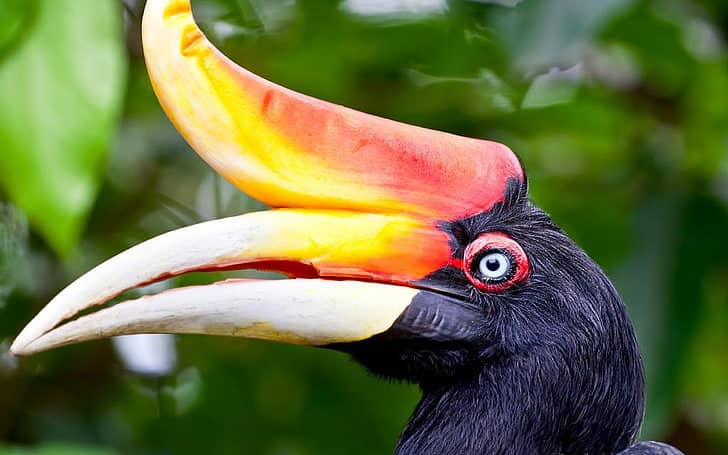
The rhinoceros hornbill (Buceros rhinoceros), found only in Indonesia, receives its name from its backward curling beak, which resembles a rhino horn. We are not sure how useful such a mouthpiece would be, but there are a few hypotheses.
Some feel that such a form enables for stronger resonance of the hornbill’s song in the forest, allowing it to be heard from afar. Others feel that having such a beak lets them forage more effectively in dense plants.
3. The Shoebill of the Nile
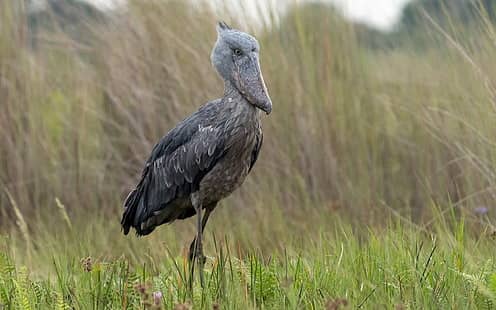
The Nile shoebill (Balaeniceps rex) is a wading bird with a unique name as well as an unusual appearance. Its beak is larger than its head and resembles a type of wooden shoe known as a hoof.
But that isn’t its only distinguishing feature. Indeed, it has a hook at the end that permits the bird to keep its food (fish, frogs, aquatic snakes…) in its beak while also cutting them.
4. The Toco Toucan
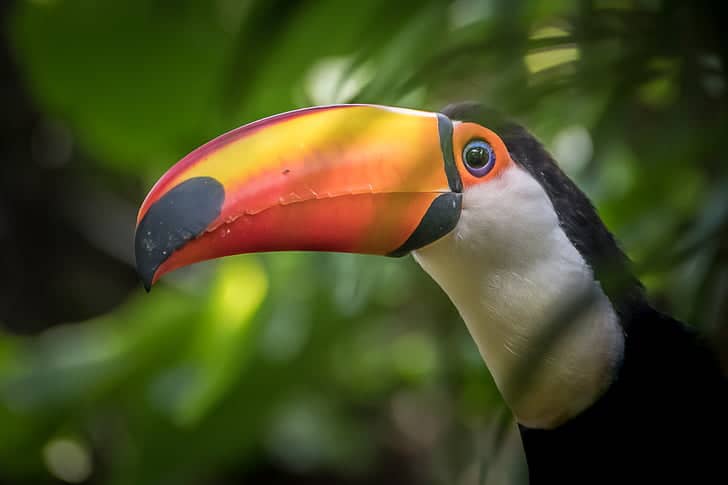
The toco toucan’s (Ramphastos toco) beak is so big that it accounts for 30 to 50% of its total body surface. The toco toucan, found in South America, is the largest of all toucans.
However, despite its appearance, this animal’s beak is quite light and not as robust as it appears. Again, the beak of this bird permits it to more readily reach fruit in trees and hence eat more easily.
5. The American Pelican
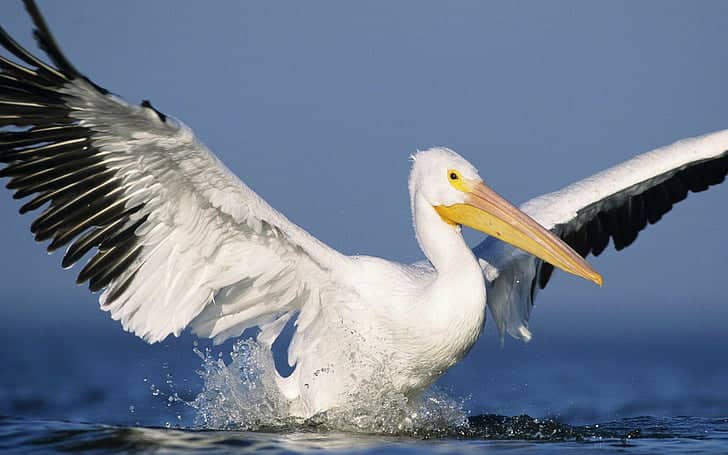
The American pelican (Pelecanus erythrorhynchos) possesses a skin pocket in the lower mandible in addition to a large bill. This pocket serves as a net for catching fish as well as a filter for water.
What distinguishes the American Pelican from other pelican species is the presence of a “horn” on its beak during the breeding season. This remarkable horn falls only after the animal has produced its eggs.
6. The Flamingo
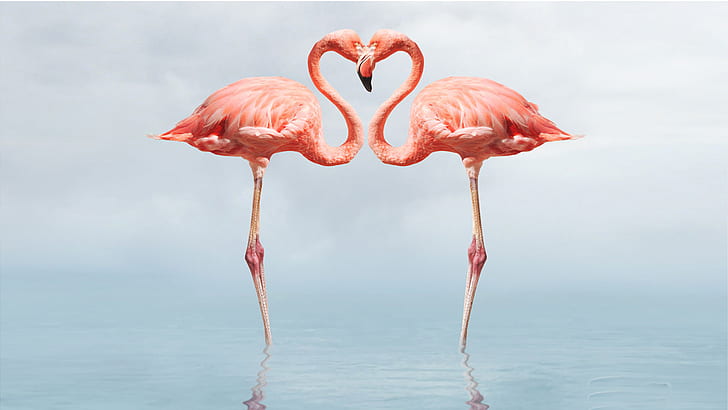
The flamingo is well-known for its elegance, but it is also noted for its unique beak. It has a curled pink beak with a black tip. It is constructed in such a way that muck and water are separated from food. In a nutshell, it’s a perfectly natural filter!
7. Atlantic Puffin
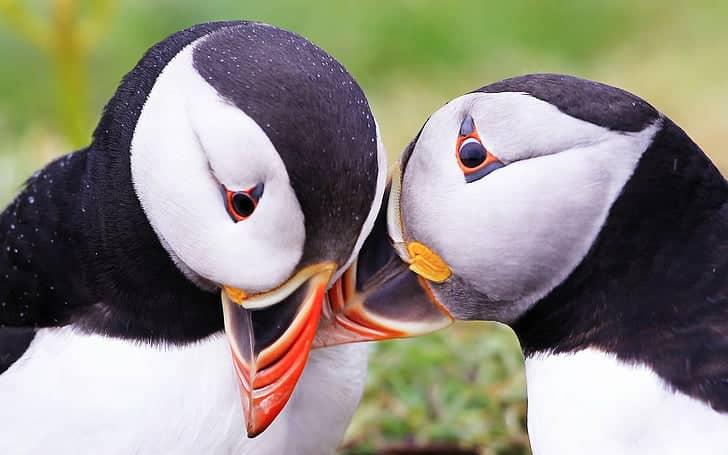
The Atlantic puffin (Fratercula arctica), sometimes known as a sea parrot, has a short yet powerful beak. Indeed, because of the indentations on its beak, it can carry up to ten fish at a time!
It will not be easy to watch this amazing seabird. For good cause, he spends most of his time at sea, in the North Atlantic. It only comes to nest on the cliffs during the breeding season.
8. American Avocet
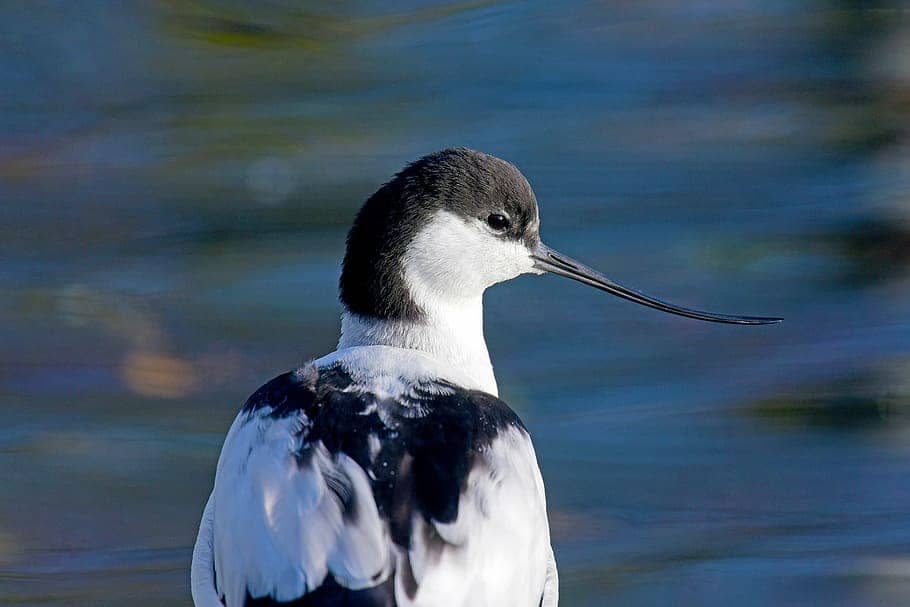
What makes the American Avocet so original is its long and surprisingly thin beak that allows it to forage in shallow water. Indeed, this bird lives mainly near lakes, lagoons, and streams.
9. The Kiwi
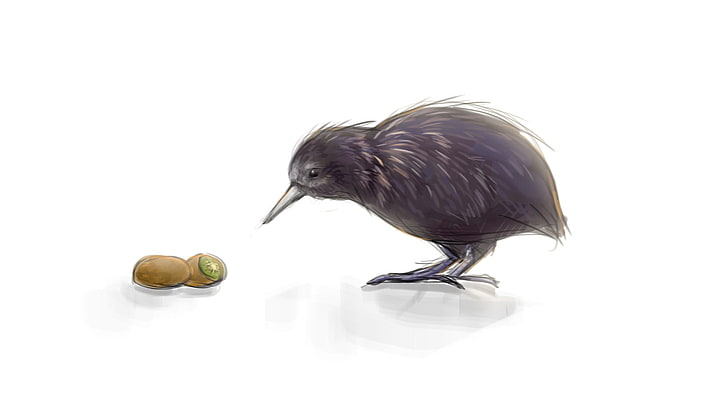
The kiwi (Apteryx australis), a New Zealand native, is the only bird with nostrils at the very tip of its beak. Other birds’ nostrils are usually close to their face.
This distinguishing feature gives it a truly excellent sense of smell. It is worth noting that the kiwi is the smallest of the non-flying birds. It is, indeed, the size of a hen!
10. The Roseate Spatula

The roseate spoonbill is a wading bird that has a spatula-shaped beak. The latter allows it to filter the water from food. To feed, the Roseate Spoonbill moves by walking in the soft, shallow waters of marshes and moves its submerged bill from side to side.
Also Read: Best Disney Plus Movies of All Time
